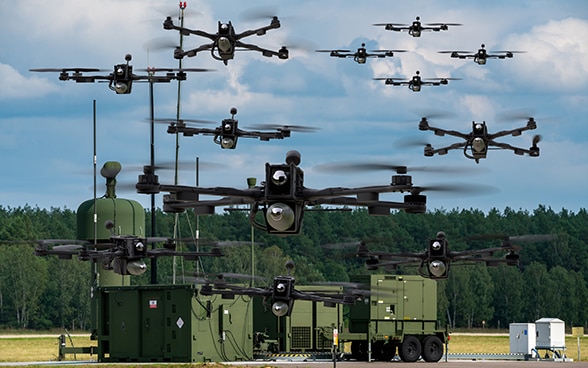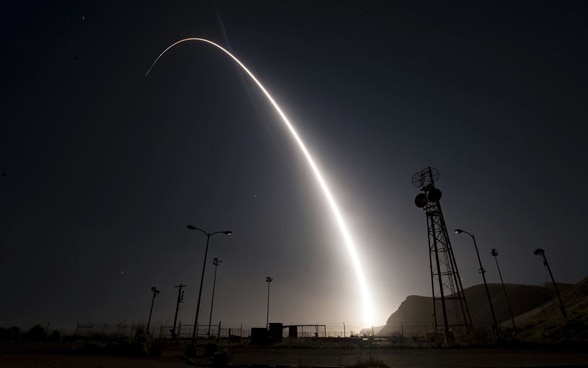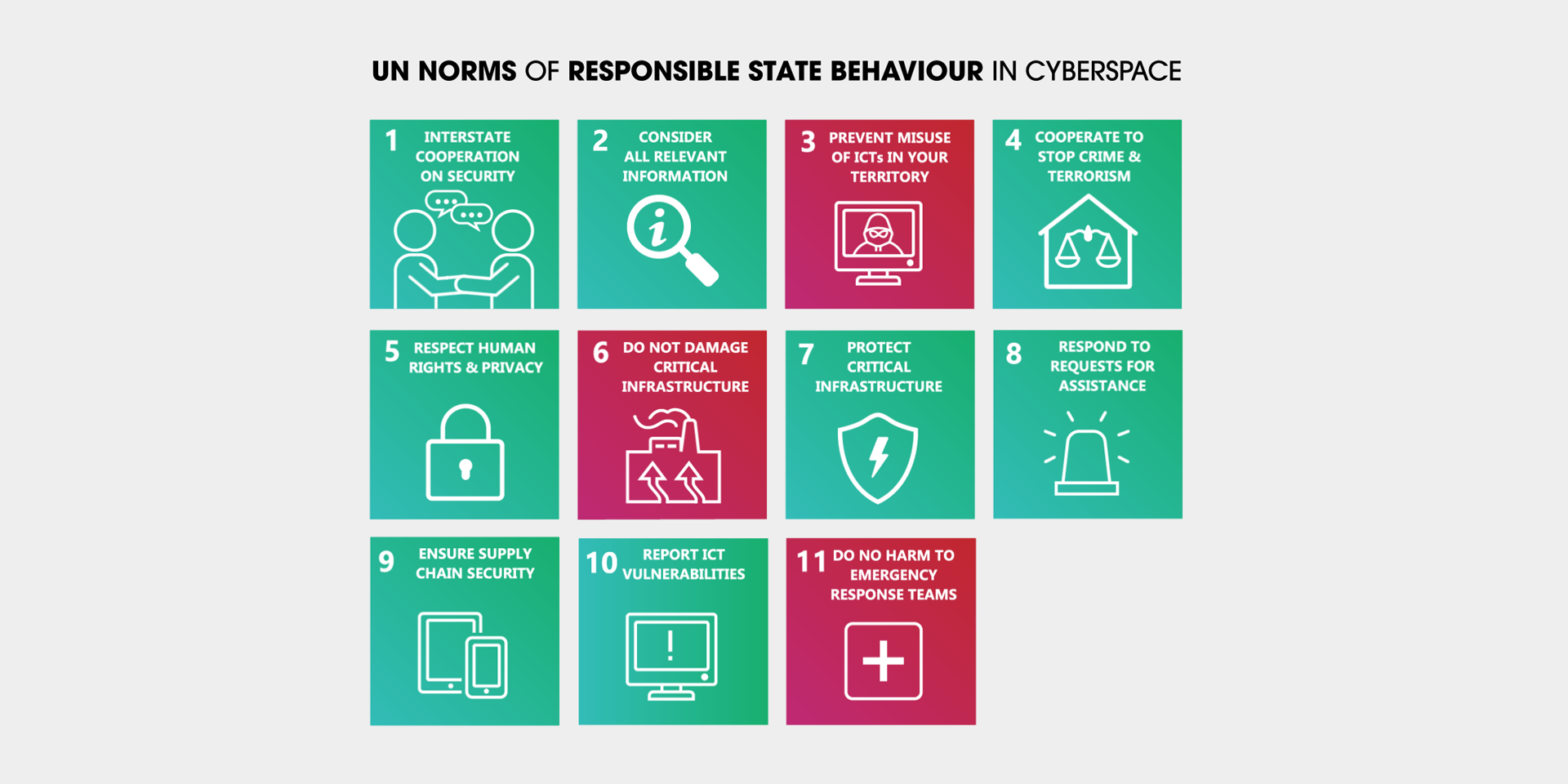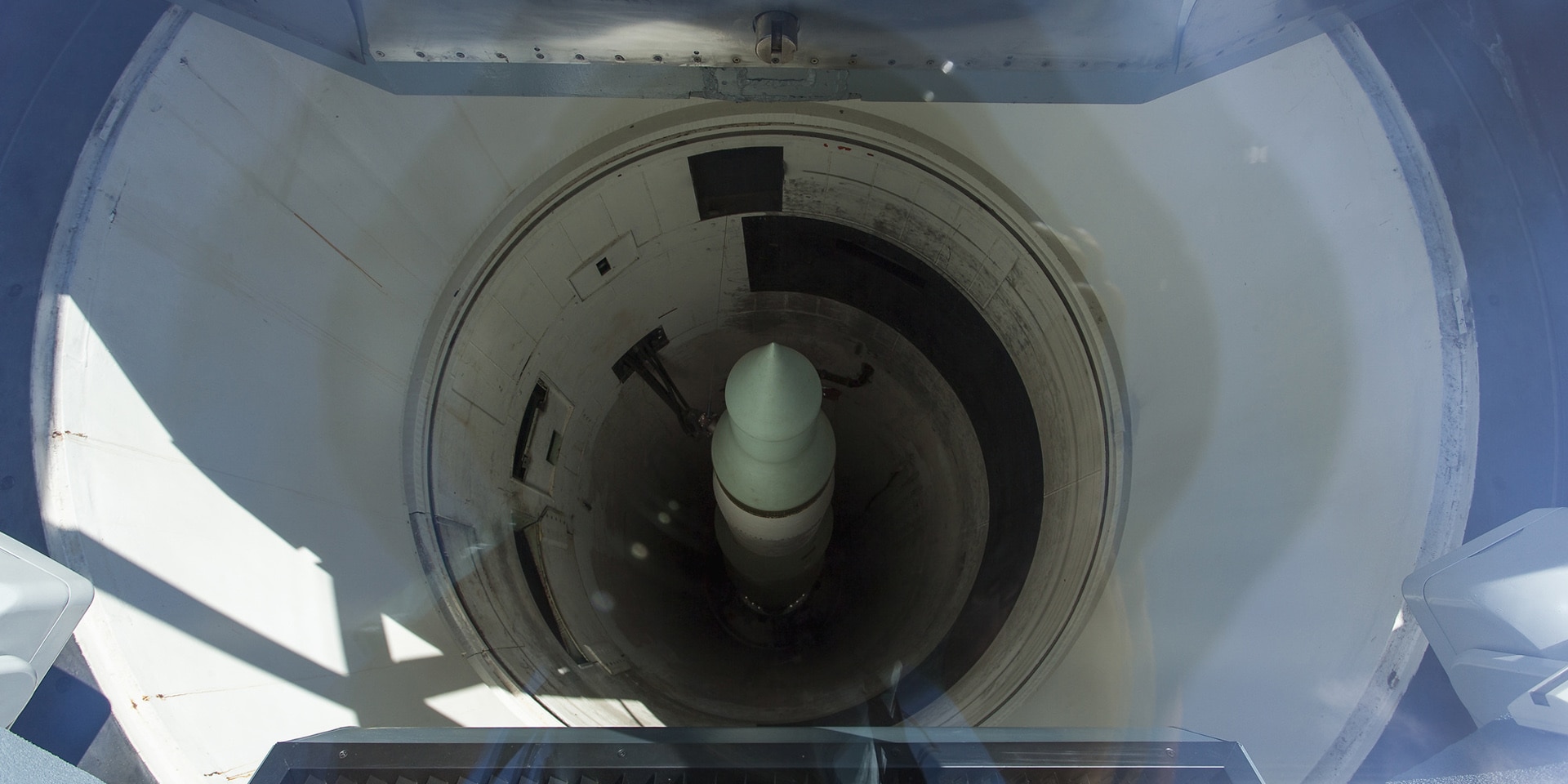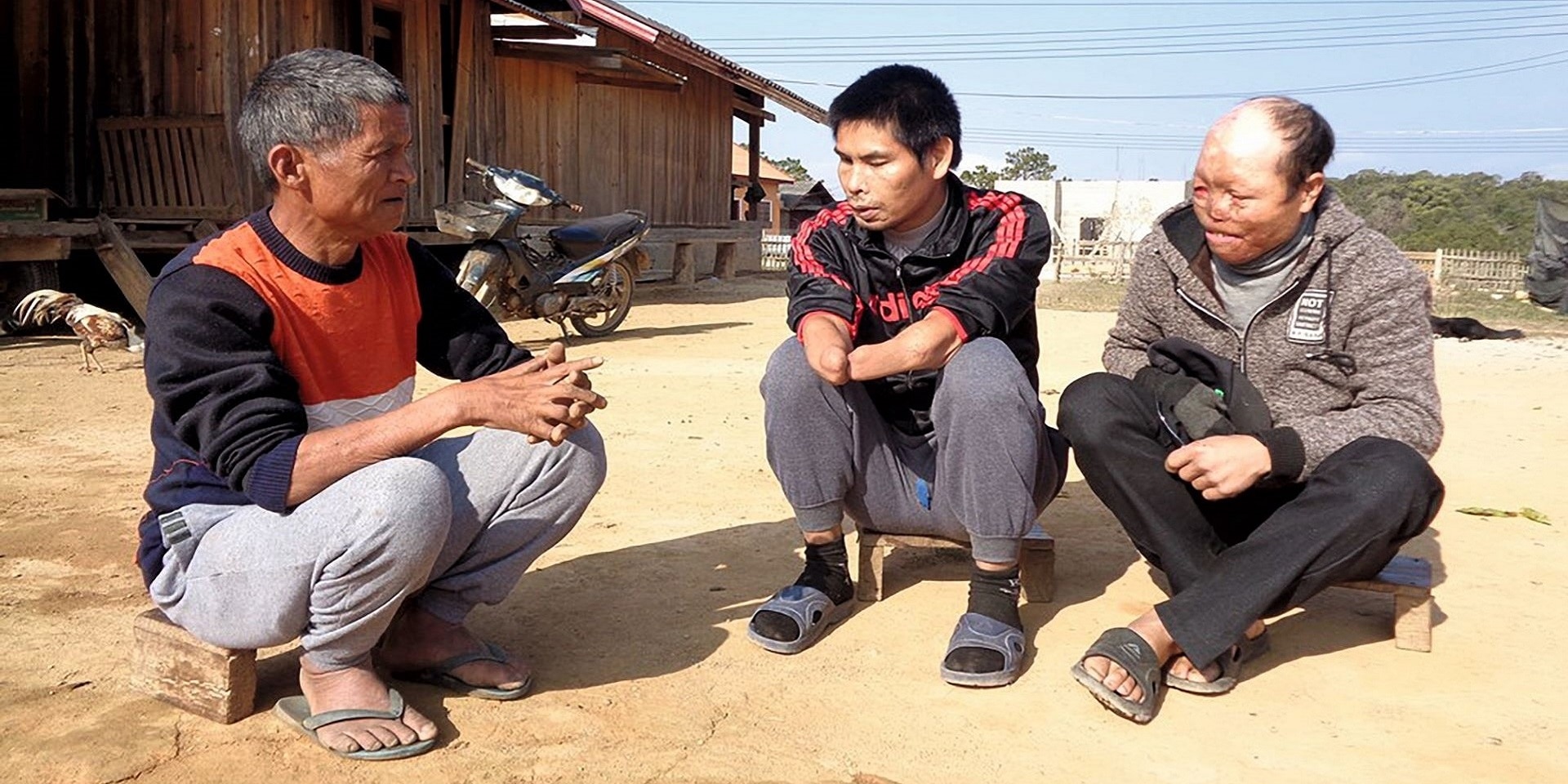Through its new Arms Control and Disarmament Strategy, the Federal Council is seeking to raise its profile in a number of dossiers, one of which is outer space. © FDFA
The Federal Council attaches great importance to maintaining and further developing the international arms control and disarmament architecture. Eliminating weapons of mass destruction and the reducting of the impact of armed violence remain among its goals.
"These are turbulent times for arms control and disarmament," explains the President of the Swiss Confederation. On the one hand, new global power relations – particularly the geopolitical rivalry between major powers – are making these efforts more difficult. On the other, new technologies are fundamentally changing the nature of conflict and crisis management. "This means we must both re-think arms control and develop innovative solutions," he adds.
Switzerland must contribute to the considerations on how to address the changes in disarmament due to rapid technical progress – also in view of the polarisation and erosion tendencies, for example the termination of and non-compliance with agreements or attempts to drag out negotiations.
The Federal Council is continuing its commitment in cyberspace in the aim of achieving stability. With regard to outer space, it aims to strengthen its positioning, revive stalled processes and generate fresh momentum.


